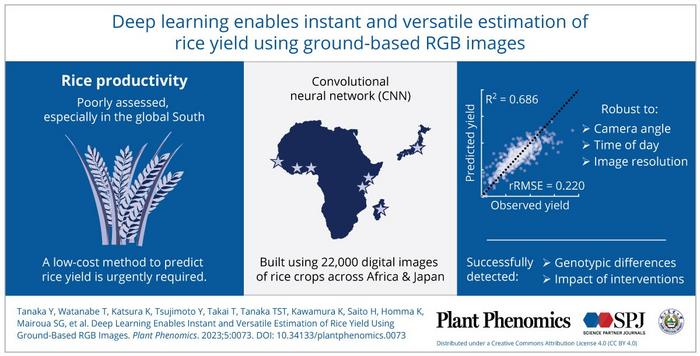The blue whale is the largest animal known ever to have existed — bigger even than dinosaurs — yet it is no match for a massive cargo ship. Ship strikes are estimated to kill over 80 endangered whales off the west coast of the United States each year, posing a major threat to their recovery. Risk is especially high in the Santa Barbara Channel, where important feeding grounds for blue and humpback whales overlap with busy shipping lanes used by thousands of vessels.
To address this growing problem, leading marine scientists are gathering October 17-18 at UC Santa Barbara for the inaugural Benioff Ocean Solution Summit, which will kick off a $1.5 million initiative to reduce fatal collisions between ships and whales.
With funding from the Benioff Ocean Initiative at UC Santa Barbara, four research groups will spend the next year developing methods to detect whales when they are in a high-traffic zone. By designing a system to alert shipping vessels to the proximity of whales, helping ships to know when to slow down strategically, the scientists hope to reduce risk of whale mortality without imposing significant burdens on marine commerce.
"We are delighted to partner with this all-star team of whale biologists and marine technologists to build a high IQ system to reduce the risks faced by these endangered whales," remarked Douglas McCauley, director of the Benioff Ocean Initiative and an assistant professor of ecology, evolution and marine biology at UCSB.
Among the award recipients are Mark Baumgartner, of Woods Hole Oceanographic Institution, who will lead a research team testing the use of underwater microphones to listen for whale calls in the Santa Barbara Channel. These acoustic monitoring devices use an algorithm to automatically detect the sounds of blue, humpback and fin whales in near real-time.
Ana Širovi?, from UC San Diego's Scripps Institution of Oceanography, will help improve and evolve these whale sound detection algorithms through analysis of one of the world's largest libraries of endangered whale recordings. Širovi?'s team will also study how underwater sounds travel in the Santa Barbara Channel to optimize the placement of a whale acoustic detection array.
Sound isn't the only way to find elusive whales. Thermal imaging cameras can detect warm-blooded whales in a cold ocean. Another of the funded groups, led by Daniel P. Zitterbart, of Woods Hole Oceanographic Institution, will work to develop and deploy a cost-effective thermal imaging system to automatically detect whales in the Santa Barbara Channel.
"This project is an ideal case to get science to really help conservation," said Zitterbart. "After we have been laying the groundwork for thermal imaging-based whale detection for nearly a decade, this is an opportunity to evaluate how this technology can perform as a monitoring tool in whale conservation."
Finally, to complement these detector systems searching the ocean for whales, Elliott Hazen, from UC Santa Cruz and NOAA's Southwest Fisheries Science Center, will leverage the power of ocean big data and powerful new mathematical models to predict whether ocean conditions on any given day make it likely that blue whales will be in the area.
"Our team at UC Santa Cruz is excited to work with the Benioff Ocean Initiative towards providing improved predictions of blue whale distribution to reduce ship-strike risk," said Hazen. "Blue whales are an iconic predator in the California Current as they migrate its entirety every year searching for krill, and support multiple tourism industries. Blue whales are still recovering from historical whaling, thus anything we can do to keep the population healthy is a win for the ecosystem."
Added McCauley, "This whale alert system will be like an ocean version of the flashing street signs that warn us to slow down when school is in session. We will finally be able to tell mariners when whales are in these shipping lanes, so they can slow down and exercise caution to avoid unwanted collisions."
At the Benioff Ocean Solution Summit, the four grant awardees will plan ways to accelerate and integrate their research programs, and begin building the west coast's first real-time actionable whale notification system.
###
Media Contact
Shelly Leachman
[email protected]
805-893-8726
@ucsantabarbara
http://www.ucsb.edu
http://www.news.ucsb.edu/2017/018450/sound-and-color





